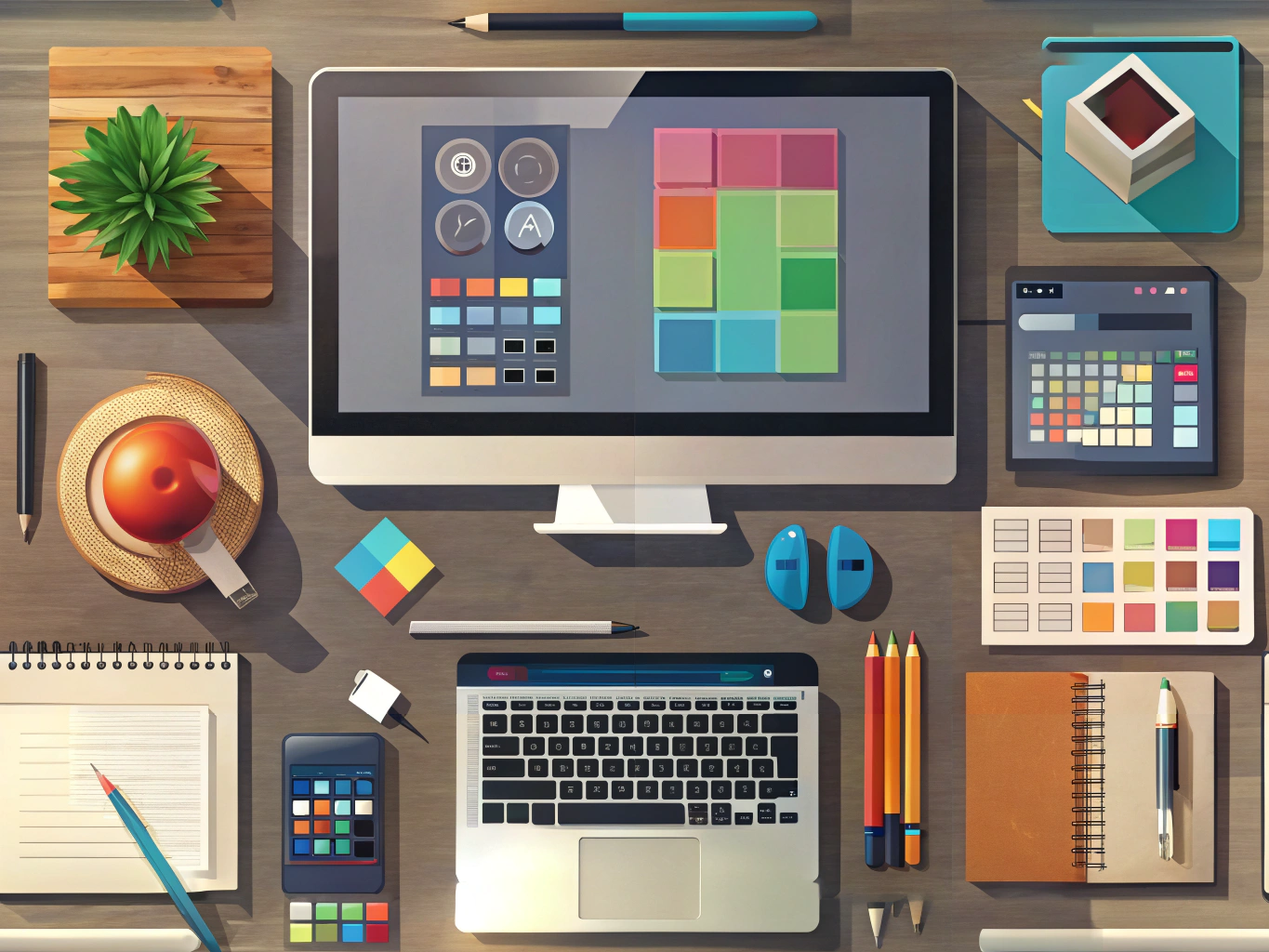The Art of Print Design: Vector vs. Raster Graphics Unveiled
In the vibrant world of print design, the choice between vector and raster graphics can feel like choosing between two distinct art forms. Each has its own unique flair, advantages, and challenges. Whether you’re a seasoned designer or a curious art enthusiast, understanding these differences can elevate your appreciation and application of graphic design.
The Elegance of Vector Graphics
Imagine a world where your designs are as crisp and clear as a freshly painted canvas, no matter how much you zoom in. That’s the magic of vector graphics. Unlike their pixel-based counterparts, vector graphics are crafted from mathematical equations, allowing them to scale infinitely without losing quality. This makes them a favorite in print design, where clarity and precision are paramount.
The advantages of vector graphics are numerous. They offer unparalleled flexibility, allowing designers to resize images without any loss of detail. This is particularly beneficial in print design, where a logo might need to appear on everything from a business card to a billboard. The benefits of vector graphics extend to their file size as well; they are typically smaller, making them easier to store and share.
The Challenges of Raster Graphics
On the flip side, we have raster graphics, which are composed of pixels. While they excel in capturing intricate details and rich colors, they come with their own set of challenges. The disadvantages of raster graphics become apparent when scaling is involved. Enlarging a raster image can lead to pixelation, where the image appears blurry and blocky.
Despite these challenges, raster graphics hold a special place in print design. They are ideal for photographs and complex images where color depth and detail are crucial. However, designers must be mindful of resolution and size to ensure the final print is as stunning as intended.
Choosing the Right Medium for Your Masterpiece
So, how do you decide between vector graphics vs raster graphics for your next print project? It often boils down to the nature of the design. For logos, icons, and illustrations, vector graphics in print design are the go-to choice. Their scalability and precision make them perfect for any size or medium.
Conversely, if your project involves detailed imagery or photographs, raster graphics in print design might be more suitable. Just remember to work with high-resolution files to maintain quality.
The Harmonious Blend of Vector and Raster
In the end, the true artistry in print design often lies in the harmonious blend of both vector and raster graphics. By leveraging the strengths of each, designers can create visually stunning and technically sound pieces that captivate and communicate effectively.
As you explore the world of print design, remember that both vector and raster graphics have their place in your creative toolkit. Embrace their differences, and let them inspire your next masterpiece. Whether you’re crafting a sleek logo or a vibrant poster, understanding the nuances of vector vs raster graphics will undoubtedly enhance your design journey.
For more insights on print design, visit our Print Design page.

